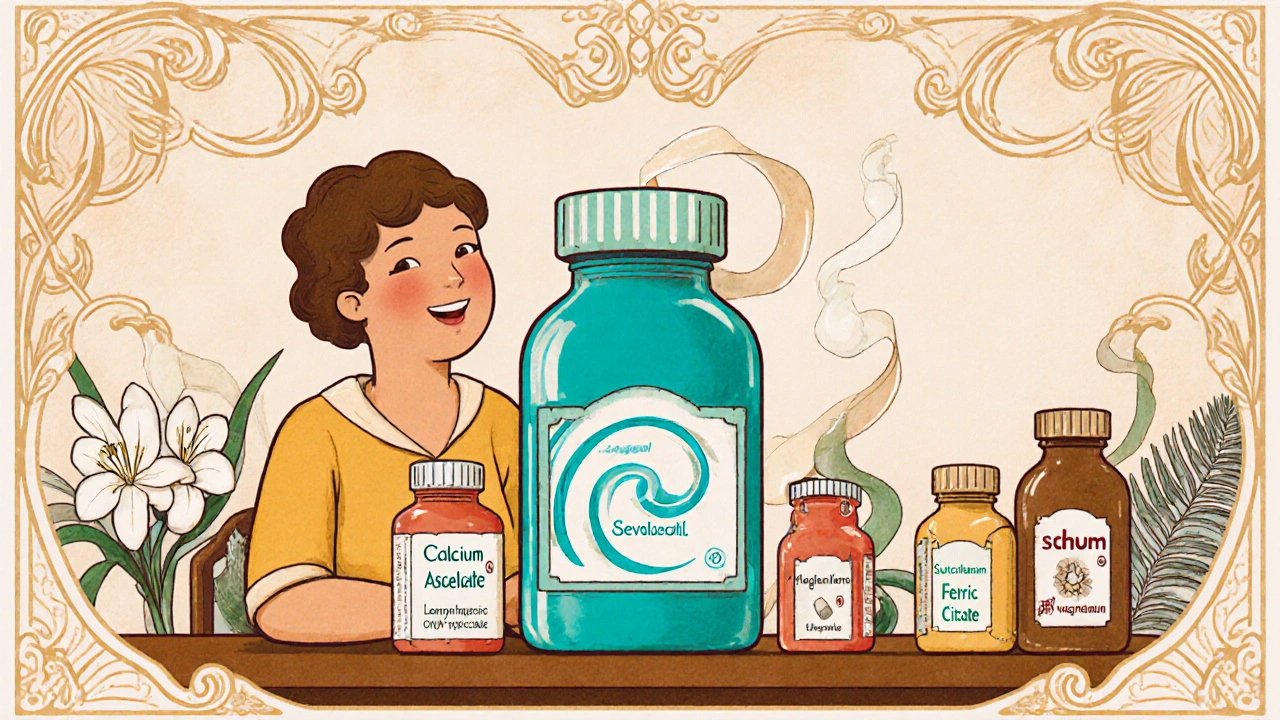Phosphate Binders: What They Are, How They Work, and Which Ones Actually Help
When your kidneys can’t filter phosphate properly, it builds up in your blood—and that’s where phosphate binders, medications that stop your body from absorbing phosphate from food. Also known as phosphate sequestrants, these drugs are a daily necessity for many people with chronic kidney disease. Without them, high phosphate levels can lead to weak bones, itchy skin, heart problems, and even early death. They’re not a cure, but they’re one of the most straightforward tools doctors have to keep things under control.
Phosphate binders work in your stomach and intestines. You take them with meals so they can grab onto the phosphate in your food before your body absorbs it. The phosphate then leaves your body through poop instead of entering your bloodstream. The most common types include calcium carbonate, a cheap, widely used binder that also acts as a calcium supplement, sevelamer, a non-calcium option that doesn’t raise calcium levels, and lanthanum carbonate, a chewable tablet that’s effective but more expensive. Each has trade-offs: calcium-based binders can cause too much calcium buildup, while non-calcium ones may cause stomach upset or cost more. Your doctor picks based on your blood levels, diet, and other meds you’re taking.
What you eat matters just as much as what you take. Even the best phosphate binder won’t help if you’re eating processed cheese, colas, or packaged snacks loaded with added phosphate. Real food like meat, beans, and dairy naturally contain phosphate too—but it’s harder for your body to absorb than the kind added to processed foods. That’s why many people on binders are told to cut back on soda and fast food before worrying about changing their binder. It’s not magic—it’s a team effort between your pills and your plate.
Some people think phosphate binders are just another pill to swallow, but they’re actually a key part of staying alive with kidney disease. Studies show that people who take them consistently have fewer hospital visits and live longer. But they only work if you take them right—with every meal, every time. Miss a few, and phosphate creeps back up. It’s not glamorous, but it’s essential.
Below, you’ll find real-world comparisons of different phosphate binders, how they stack up against each other, and what to do if one isn’t working for you. Some posts dive into how calcium carbonate is used in other industries—yes, it’s in your paper too—but here, we focus on what matters: how these drugs help people manage their health every single day.

Renagel (Sevelamer) vs. Other Phosphate Binders: In‑Depth Comparison
Caspian Mortensen Oct, 22 2025 5A detailed comparison of Renagel (Sevelamer) with calcium, lanthanum, iron‑based and magnesium phosphate binders, covering efficacy, pill burden, side effects, cost and when each is best.
More Detail